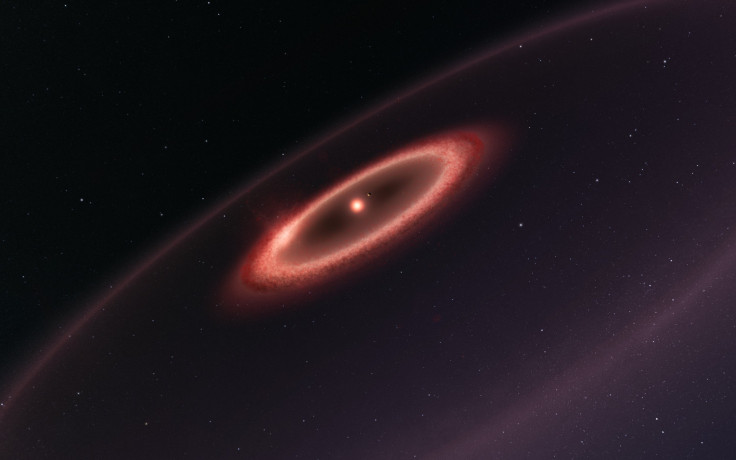Proxima C: New Super Earth Likely The Second Alien Planet At Proxima Centauri

KEY POINTS
- A second planet could be revolving the Proxima Centauri -- the Proxima c
- It is a super-Earth but uninhabitable
- More studies required to confirm the existence of Proxima c
Earth’s nearest neighbouring star, Proxima Centauri, is known to have a habitable planet known as Proxima b. Now, a study by astronomers suggests that they have witnessed changes in the activity of the star; it is likely that it has a second planet – Proxima c.
According to a study published in the journal Science Advances, a team of researchers led by Fabio Del Sordo and Mario Damasso said they detected a new world at Proxima Centauri.
This potential new planet is termed as a super-Earth, a planet with a mass smaller than Neptune but larger than Earth. However, if Proxima c exists, then it would be uninhabitable, unlike its sibling planet Proxima b.
Due to its distance from Proxima Centauri, it will be a giant mass with a freezing atmosphere comprising of hydrogen and helium. Researchers had earlier analyzed the radial velocity data collected over several years using instruments like the Ultraviolet and Visual Echelle Spectrograph (UVES) and High Accuracy Radial Velocity Planet Searcher (HARPS), which are mounted on telescopes at the European Southern Observatory in Chile. In August 2016, astronomers found that Proxima Centauri had a planet named Proxima b.
Now, Sordo and Damasso re-examined the old UVES and HARPS results with a set of new HARPS observations. According to Space.com, the combined measurements from UVES and HARPS were studied by the researchers and they discovered a possible alien planet known as Proxima c. This new planet is six times bigger than Earth.
What makes this planet uninhabitable? It takes more than five Earth years to revolve around Proxima Centauri, which makes the likelihood of life quite low.
“Given the low luminosity of the host star and the orbital radius of the planet, it receives a very low insolation,” Damasso said. Insolation is the solar radiation that reaches the planet's surface. He mentioned that the temperature on the new celestial body is minus 388 degrees Fahrenheit, or minus 233 degrees Celsius.
Meanwhile, Sordo hinted that they will use the Gaia telescope, launched in December 2013, to further study this probable planet.
“Gaia is still observing, and we calculated in its final data release there will be enough data to confirm or disprove the existence of Proxima c,” Sordo told Business Insider.
© Copyright IBTimes 2025. All rights reserved.





















